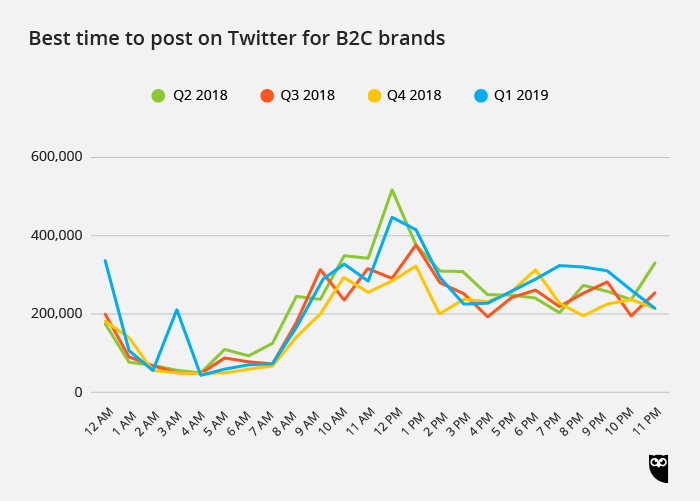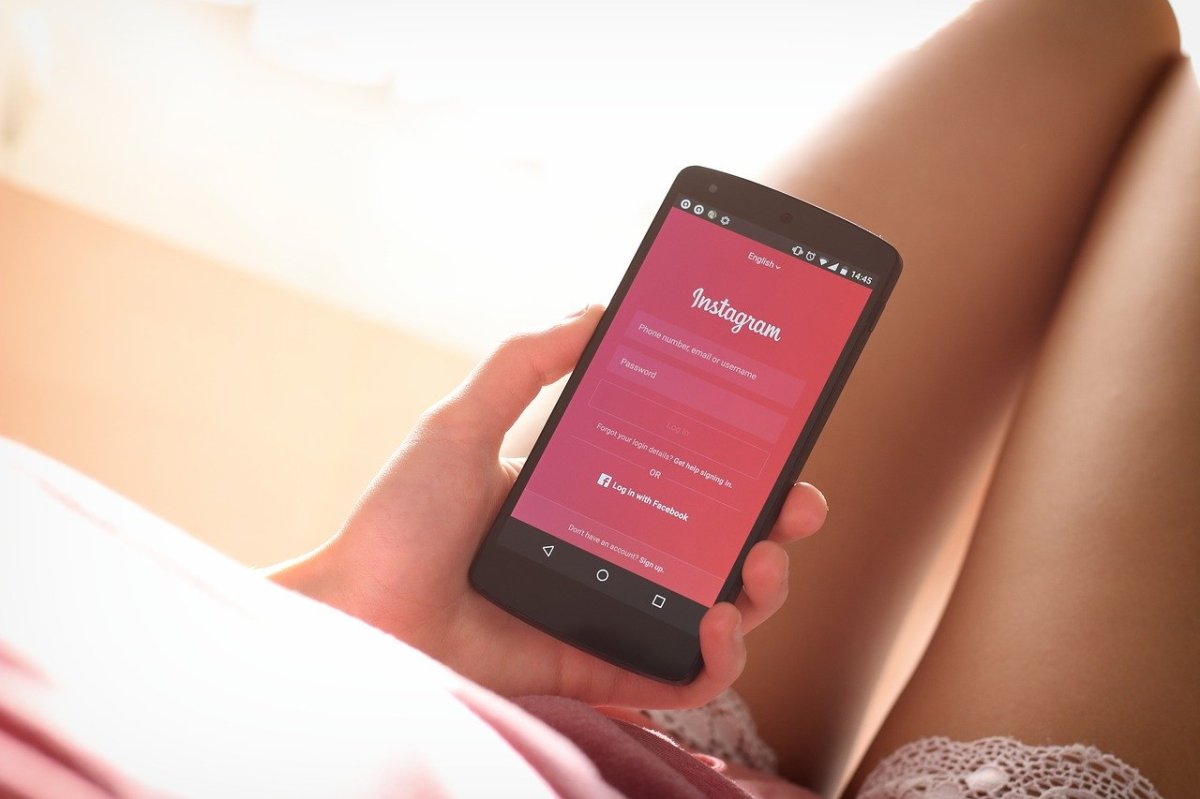Many people have asked: Is there really a method to scheduling and posting social media content?
The answer: Yes!
Yet, if you still feel like your business posts are missing the mark, there could be good reason for that. You see, inside some social media platforms you can find helpful demographic information, including what days, and what time of day your target market is using the platform. Neat, right?!
I think so! But if you’re not sure what time is best for your content and what your goals are, then I hope you find this post helpful! If you still need help, feel free to contact me for a free 20-minute consult.
When Should I Post?
There are specific times that have shown to be beneficial for different platforms and different audiences. Below, I’ve highlighted some significant times based on B2B business and B2C business. Let’s take a look!
For B2B businesses, Hootsuite suggests that scheduling your content or posting organic content between 9 a.m. to 2 p.m. on Tuesdays, Wednesday, and Thursdays. This makes sense, especially when we consider the peak of office hours are between these times, and most employees and leaders are at work, scrolling through content with either a mission to solve a problem or are ignoring the company meeting. Either way, that’s good for you! Try scheduling your content between these hours and find out if it works for you.
For B2C, noon on Monday, Tuesday, and Wednesday seems to be the best time to catch the eye of Facebook users. Think about it–Most people are on their lunch breaks around this time, and Thursday indicates the start of the weekend for some, so these three days on this platform seem to make the most sense.
Posting on Twitter is pretty straightforward. For a B2B business, you might want to try posting between 9 a.m. to 4 p.m. on Monday or Thursday. Since tweets have a very short shelf life (roughly 18 minutes), your posted content is likely to be seen between these hours, especially if you put an emphasis on the hours of 11 a.m. to 1 p.m. (right before and after lunch).

B2C businesses find more success when they post their content from Monday to Thursday between noon to 1 p.m. — again, during the lunch hour…do you see a pattern here?

Finding the right time to post on Instagram is still proving hard to narrow down and blanket across all industries. Users of the platform love to engage, but engage with content that has the sense of “recency.” For example, businesses in the tourism or travel industry have shown that posting between 9 a.m. and 1 p.m. on Fridays has yielded the most engagement for their posts. It’s likely that users are planning weekend getaways, day dreaming at the office, or looking to plan their next trip abroad.
For the media and entertainment industry, content that was posted between the hours of noon to 3 p.m. on Tuesdays and Thursdays typically has the highest engagement. Again, because people are generally out on their lunch breaks or scrolling aimlessly during that afternoon lull in the workday.
How Do I Know What Works?
Part of developing your social media strategy is knowing when your audience is scrolling and what they are searching, and how your services aline with their needs. Part of a successful strategy is posting often and regularly. If you’re just starting out and are trying to collect data for when your posts get the most engagement, don’t be afraid to experiment.
Take the next 90 days (I didn’t say this was a quick process) and experiment with times. Post within the windows I stated above for each platform, and then note the engagement on each post. For some of my clients, posting consistently and at the right times is a struggle, but thanks to wonderful scheduling tools, we’ve been able to narrow down when the best time is to post for their content to be seen.
We collected data for 90 days, and then adjusted accordingly.
Keep in mind, the more you post, the more the algorithms will reward you (ahhhh the social media gods). If you’re not sure what works, try scheduling out a month’s worth of content for the 9 a.m. slot for 2-3 days out of the week. Be consistent with the days from week to week, and then record the numbers. If you find that time didn’t work for you, increase your time by an hour and experiment for another 30 days. Over the course of three months, you should have a good picture of what time your audience is online and when they are most likely to engage with your content.
At the end of the day, these times I’ve laid out may not work for you. The most important thing to remember when figuring out when the best time to post is, that every business is different and every demographic is different. Don’t get frustrated trying to make these times work for you. Look at the numbers and adjust your plan accordingly. Your unique schedule will ensure you’re reaching your demographic.
Get Your Data With Me!
If the world of social media posting and scheduling is still way over your head, or you’re just looking for someone to consult with, then let me know! I have all the tools and knowledge you need to take your social media strategy to the next level! Contact me today for your FREE 20-minute consultation.



















